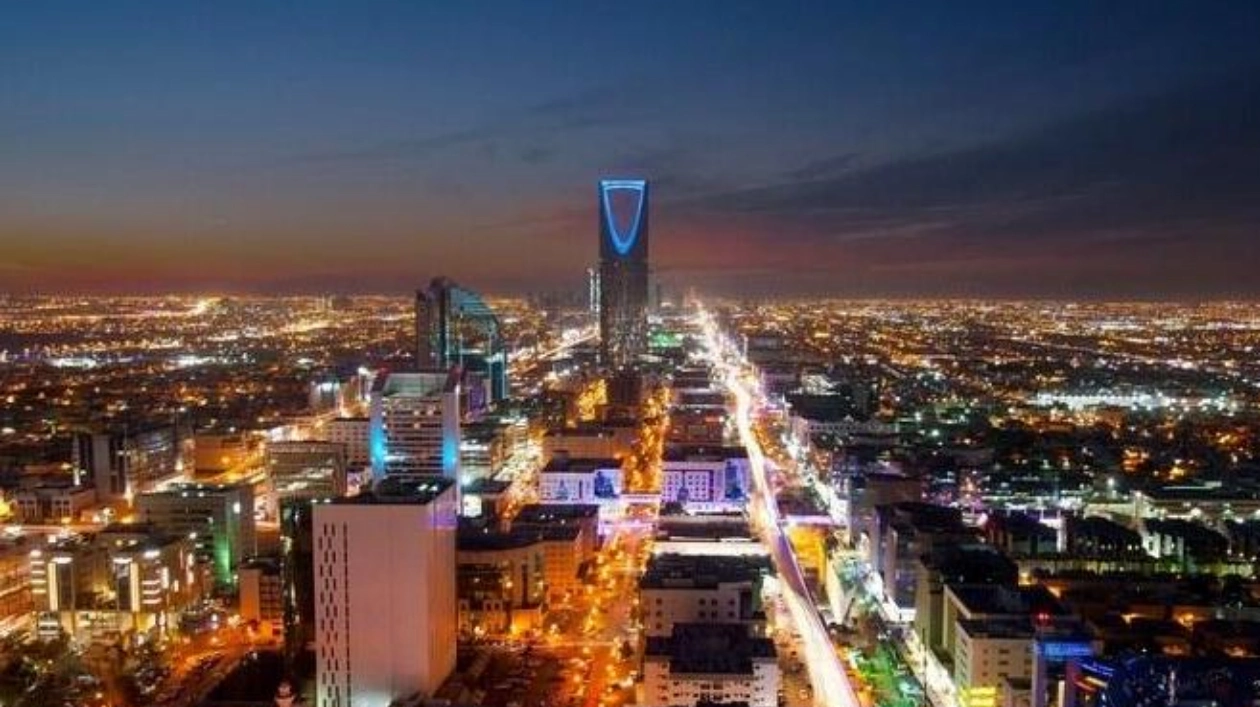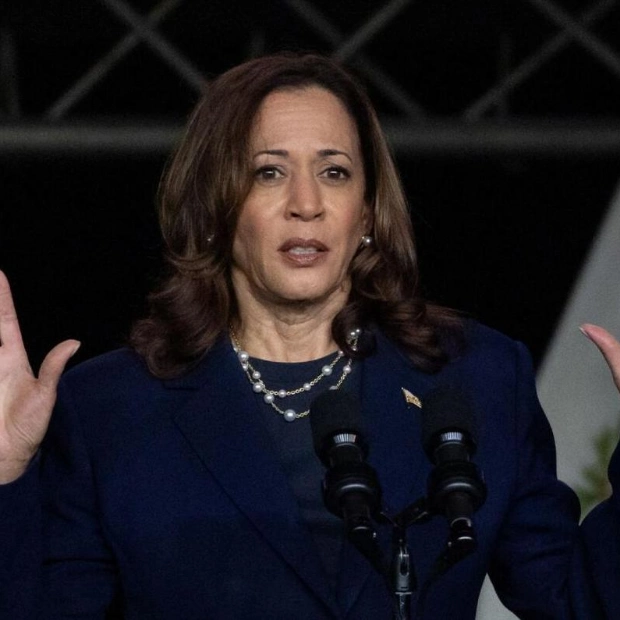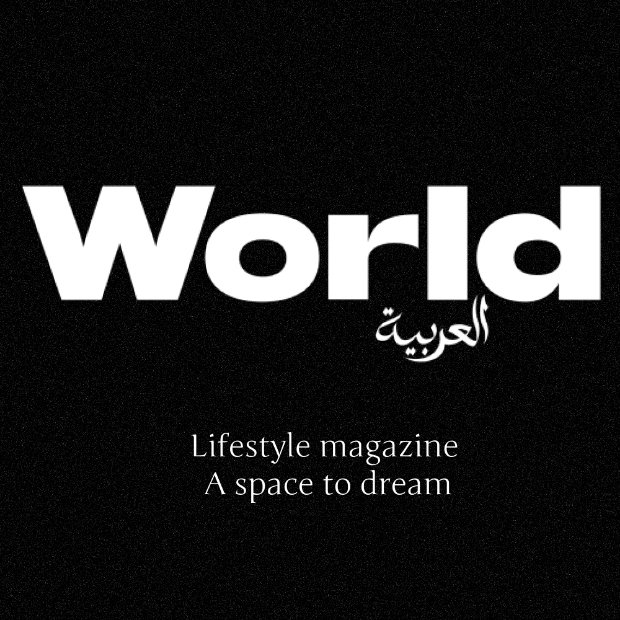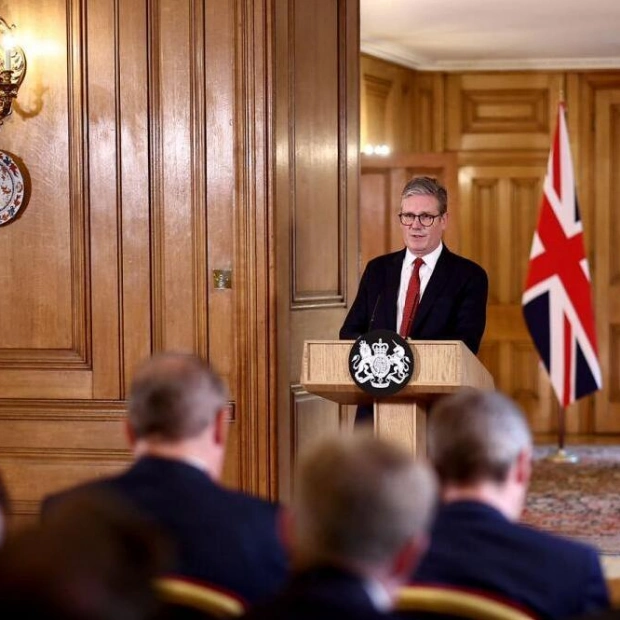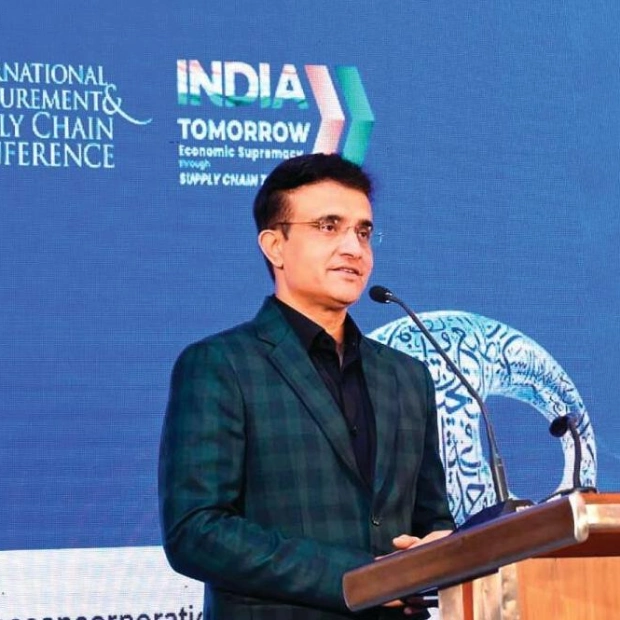RIYADH: Saudi Arabia’s capital Riyadh is set to experience substantial population growth, with projections indicating an increase from 7 million residents in 2022 to 9.6 million by 2030, according to a recent report.
Knight Frank, a London-based real estate consultancy, predicts that by the end of the decade, the city’s population will include 4.1 million Saudis and 5.5 million expatriates, reflecting a 38 percent growth fueled by a compound annual growth rate of 4.1 percent.
This surge will necessitate the construction of 305,000 additional housing units for Saudi nationals between 2024 and 2034, driven by factors such as household formation, rising homeownership rates, and internal migration from other regions.
The forecast anticipates a higher growth rate than previously estimated by the World Population Review, which in April used UN data to predict Riyadh’s 2030 population at 8.5 million.
Knight Frank’s report also highlights a significant increase in the expatriate population, which currently constitutes approximately 52.3 percent of Riyadh’s total population. By 2030, the expatriate population is expected to rise by 1.85 million, followed by an additional 2.3 million by 2034.
Consequently, the ratio of Saudi nationals to non-Saudis is projected to decrease from 0.92 in 2022 to 0.75 by 2030, primarily due to the growing demand for expatriate workers needed for large-scale construction projects and facility management in Riyadh.
Estimating housing needs for this group is complex due to varying household sizes, but a previous Knight Frank survey indicated that 77 percent of expatriates expressed a desire to own homes.
Riyadh’s growth is closely tied to Saudi Arabia’s Vision 2030, which aims to diversify the economy and attract global investments. Currently, Riyadh accounts for 21.8 percent of the Kingdom’s total population, with 17.8 percent of Saudi nationals residing in the capital.
The Regional Headquarters Program, which encourages multinational companies to relocate their regional operations to Saudi Arabia, has made Riyadh the focal point for economic activity. This, combined with significant infrastructure and urban development projects, is driving both the expatriate and Saudi populations to grow.
Major projects like the New Murabba and Diriyah Gate are further cementing Riyadh’s position as the heart of Saudi Arabia’s transformation. Additionally, Riyadh is preparing for Expo 2030 and World Cup 2034, which will involve the construction of eight out of 11 new stadiums. To support this growth, the King Salman International Airport and Riyadh Air will connect the capital to 100 global cities.
According to the Ministry of Investment’s latest report, Riyadh led foreign direct investment inflows in 2023, attracting SR33 billion, positioning it as the leading administrative region.
This growth underscores Riyadh’s role as both the Kingdom’s political and economic powerhouse, where investor confidence is strengthened by large-scale developments and strategic government initiatives.
With 62 percent of the population under 30, Riyadh is focusing on providing new housing, employment opportunities, and recreational options to meet the needs of its young and rapidly growing demographic.
Knight Frank forecasts that the number of working-age Saudi nationals in Riyadh will increase by about 1 million over the next decade, reaching 4.2 million, representing a compound annual growth rate of 2.8 percent. If internal migrants relocate to Riyadh for work, this could add another 275,000, resulting in a total workforce growth of 36 percent.
As of the first quarter of 2024, the employment-to-population ratio for working-age Saudi nationals is 54.3 percent, suggesting that around 510,000 new local employees may enter the workforce by 2034.
With an estimated existing workforce of 1.7 million Saudis in the region, overall growth could yield an increase of 16 percent to 23 percent by 2030 and 29 percent to 39 percent by 2034, depending on the scale of internal migration.
During this period, new workforce entrants were primarily absorbed by the private sector and government-related entities, while employment in the civil service remained stable, according to the report.
The World Bank’s latest figures show that female labor force participation has reached 34.5 percent, surpassing the Vision 2030 target of 30 percent and prompting a new goal of 40 percent by 2030. Both the government and private sectors are implementing legal reforms and initiatives to empower women, with a focus on their roles in economic development.
Companies like Red Sea Global are prioritizing gender diversity, with women holding significant positions across various departments.
Riyadh’s new housing supply comes from four main sources: the Ministry of Housing, government developments led by the Public Investment Fund and Roshn, private sector initiatives from real estate companies, and self-development by families purchasing land for construction.
Currently, about 330,000 housing units have been announced by government-related entities. The projected demand from Saudi nationals is estimated at 220,000 units from 2024 to 2030 and 305,000 units from 2024 to 2034, indicating that current construction efforts align with expected housing needs.
Knight Frank reported that significant commercial real estate development is underway in Riyadh to support a projected 32 percent increase in office space and a 24 percent rise in retail space by 2030, driven by an expanding workforce and a growing expatriate population.
The urgency for new projects across sectors like financial services, transport, storage, and ICT is highlighted by tight market conditions. Riyadh accounts for 30 percent of Saudi Arabia’s financial and business services output and 39 percent of transport, storage, and ICT output, reinforcing its status as a key hub for innovation and economic activity.
Source link: https://www.arabnews.com
